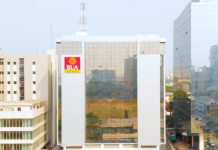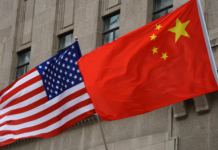The open market is currently plagued with a severe shortage of the dollar while currency dealers’ associations are unwilling to release the actual exchange rate, which is suspected to be above Rs108.
Despite several meetings between the finance ministry, central bank and currency dealers, dynamics of the exchange rate in the open market registered little change.
The Forex Association of Pakistan (FAP) and the Exchange Companies Association of Pakistan (ECAP) have been issuing the exchange rate that is significantly less than the prevailing price of the greenback in the open market.
The FAP-provided rate of the dollar was Rs107.20-40, although the actual rate in different parts of the city was in the range of Rs108-109, Dawn reports.
“B-category exchange companies could be selling the dollar at a higher rate, but we follow the rate that we provide,” said FAP President Malik Bostan. However, even major currency dealers were selling the dollar at Rs108 or above.
Most currency dealers belong to the B category and run bigger operations than their A-category counterparts across the country.
“No one is selling the dollar or any other foreign currency, which is the actual reason for the dollar shortage in the open market,” said Anwar Jamal, a currency dealer.
It was difficult to find even $1,000 in the open market as some A-category exchange companies said they did not have sufficient stocks of the greenback.
A few days earlier, ECAP Secretary General Zafar Paracha had revealed that the country lost $500 million in November alone because no foreign currencies reached the open market.
Foreign currencies that are sold in the open market are subsequently exported to Dubai for the import of the dollar.
However, November was the worst month in the history of the country in terms of the export of foreign currencies. The inflow from Dubai, which would usually be $20 million a day, fell to almost zero last month.
In contrast, demand for the dollar has risen while its inflow from abroad has significantly dropped. Remittances have been declining due to a changed economic scenario in the Middle East from where about 65 per cent inflows originate each year.
Out of the total remittances of about $20 billion received in 2015-16, the contribution from the Middle East was about $13bn.













